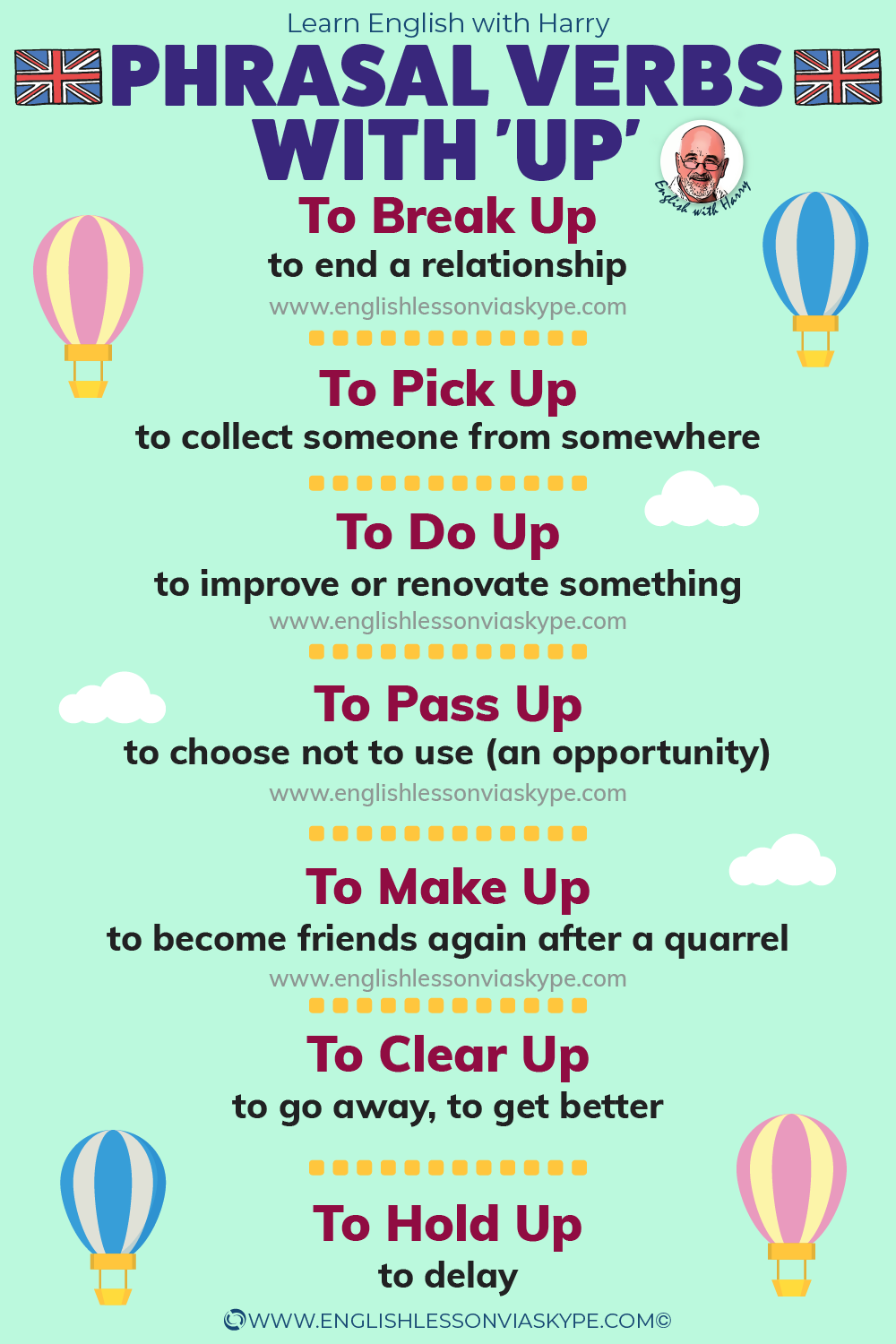


My mother woke my older brother who is eighteen years old and really tall up.My mother woke my older brother who is eighteen years old up.But what if you wanted to add more context, or further describe the direct object “brother”? Let’s look at a couple of examples: Transitive phrasal verbs can be divided, which means the direct object can go between the verb and the preposition or adverb. Add more context between the verb and preposition/adverb (optional).If you’re new to phrasal verbs and don’t want to make any mistakes in the beginning then you should stick to not separating them, however, once you familiarise yourself with them and you feel more confident then try to divide, it’ll make you sound more native and fluent. So, if you’re not sure, at first, whether a phrasal verb can be divided then just don’t use pronouns and don’t divide them. So, do you want to be correct 100% of the time? Then, say the following:īut, what happens if you would like to replace “James” with an object pronoun such as “him”? Then, you must divide it, however, this does not contradict the Golden Rule because you don’t have to use a pronoun.

(when a verb is intransitive the phrasal verb cannot be divided).

“Get along” – intransitive (no direct object): “Pick up” – transitive (takes a direct object): Let’s take a closer look at both transitive (it takes a direct object – an object that takes the direct action of a verb) and intransitive (no object) phrasal verbs: Regardless of whether a phrasal verb can be divided or not, if you don’t divide them, then you’ll always be grammatically correct. The key to always being correct: just don’t divide them.The golden rule Never divide if you want to be correct 100% of the time


 0 kommentar(er)
0 kommentar(er)
